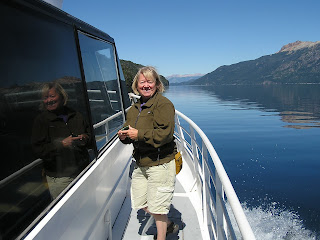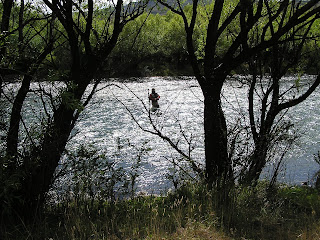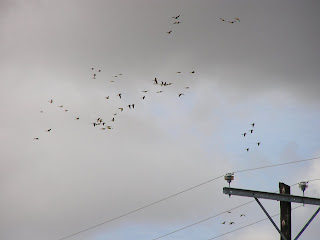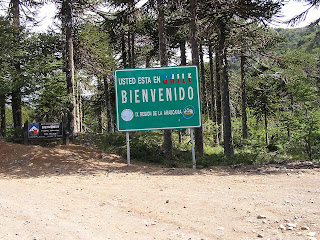Chile II:
After the Earthquake:
(22 March – 13 April 2010)
Our border crossing into Chile was interesting. While we tried to cross on 20 March, we were denied entry by the agricultural inspector who wanted more health papers on Amadeus. When we returned on 22 March a different agriculture inspector was not even interested. In any event we crossed into Chile without problems and stayed in Pucón, a small town at the base of Volcán Villarica and along the shore of Lago Villarica (Figures 1 to 3).
Figure 1. Pucón with Volcán Villaricva in the background.
Figure 2. Volcán Villarica from Pucón, the volcano is active.
Figure 3. Pucon also lies along the shore of Lago Villarica.
Pucón is a relatively famous area for fishing and skiing. While I did not fish because the weather was poor, we did visit the ski area on the slopes of Volcán Villarica (Figures 4 to 6).
Figure 4. The ski resort at Pucón.
\
Figure 5. The lodge at the ski Resort at Pucón
Figure 6. In the off season people climb Volcán Villarica (see the dots).
After two days of bad weather (a lot of rain), we drive on to Ruta 5 (the Panamerican Highway). We drive through a lot of areas that were affected by the 8.8 earthquake that struck Chile on the 28th of February. There were bridges down, houses in ruins, and buildings damaged. To the credit of the Chilean people, by mid-March, much of the damaged had been cleaned-up and repairs were in progress. We took only a few photos (Figures 7 to 9).
Figure 7. Damage to buildings in the small town of Peralillo in the Colchagua Valley.
Figure 8. Earthquake damage to the church in Santa Cruz.
Figure 9. Earthquake damage in Santa Cruz.
We drove west to the famous surfing town of Pichilemu on the coast. There was very little earthquake damage in this town. The beaches look much like those in California (Figure 10 & 11). There were only a few surfers in the water (Figure 12). The sea birds were spectacular (Figures 13 & 14).
Figure 10. The beach at Pichilemu.
Figure 11. The surf at Punta Lobos, Pichilemu.
Figure 12. Surfers inb the water at Punta Lobos, Pichilemu.
Figure 13. Peruvian pelicans at Punta Lobos, Pichilemu.
Figure 14. Pelicans, cormorants, gulls, and boobies can vbe seen on this rock off Punta Lobos, Pichilemu.
We drove on to the Colbún Reservoir just east of Talca and Ruta 5. We camped at a “closed” campground (Figures 15 & 16).
Figure 15. Sharon at our camp at Embalme Colbún.
Figure 16. Embalme Colbún in a Chaparral habitat.
We drove further east to Reserva Nacional Alto Lircay. It is a large stand of cöigue (Nothofagus dombeyi) and roble (N. macrocarpa), (Figures 17 & 18). We had the park all to ourselves (Figure 19). We stayed 3 nights and did a lot of hiking (Figures 20 to 23). We saw a variety of wildlife or their sign (Figures 24 to 27)
Figure 17. Cöigue in Reserva Nacional Alto Lircay.
Figure 18. Roble in Reserva Nacional Alto Lircay.
Figure 19. Our camp in Alto Lircay.
Figure 20. Hiking the trails in Reserva Nacional Alto Lircay.
Figure 21. View across Valle Venado in RN Alto Lircay.
Figure 22. View of the ridge above camp in RN Alto Lircay.
Figure 23. Cöigue forest in RN Alto Lircay.
Figure 24. Unidentified hawk in RN Alto Lircay.
Figure 25. White-throated treeclimber in RN lto Lircay.
Figure 26. An interesting fungus in RN Alto Lircay.

Figure 27. Degu (Octodon sp.) burrows in RN Alto Lircay.
Figure 28. Fox scat with berries in RN Alto Lircay.
After three nights we drove north toward Santiiago. We found a Boy Scout Jamboree camp (Parque Picarquin) that allowed us to camp for the night. The park was almost deserted. We stayed only one night, but the area is interesting (Figures 29 to 32). In the Southern Hemisphere things are reversed from up north (Figure 33 & 34).
Figure 29. Fixing dinner at Picarquin Dinner.
Figure 30. Puff ball on the lawn at Picarquin.
Figure 31. Another mushroom at Picarquin.
Figure 32. The moon is full at our Picarquin camp.
Figure 33. North facing slope.
Figure 34. South facing slope.
We went on north and east of Santiago to the valley of the Rio Maipo (Figures 35 & 36) where we camp for two nights.
Figure 35. Our camp at Cascadas de Animas on the Rio Maipo.
Figure 36. The Rio Maipo is famous for its white water rafting.
We drive to Viña del Mar to stay while we wait to ship our car. We visit Valparaiso (Figures 37 to 41). While here we drive east over the hill to the wine region of the Casablanca Valley (Figures 42 to 44).
Figure 37. The harbor at Valparaiso from Restaurant Turri on the hill.
Figure 38. The Bohemian area of Valparaiso where many artists try to make it.
Figure 39. Another artist shows her work.
Figure 40. We take the funicular to climb the hills of Valparaiso.
Figure 41. Of course lunch at Restaurant Turri includes wine.
Figure 42. Vineyards in Casablanca Valley from Viña Indomita.
Figure 43. Lunch at Viña Indomita, I have pulpo (octopus).
Figure 44. Sharon tastes a nice Pinot Noir at Vina Indomita.
After we leave the car in Valparaiso (it is now two weeks late in shipping), we go on to Santiago (Figures 45 to 48).
Figure 45. Outside our hotel in the Providencia region of Santiago.
Figure 46. Santiago is quite modern with many skyscrapers.
Figure 47. Another skyscraper.
Figure 48. Windows need to be washed.
Again, Chile was a pleasant country to visit. We only hope the car gets to Houston on time.








..JPG)















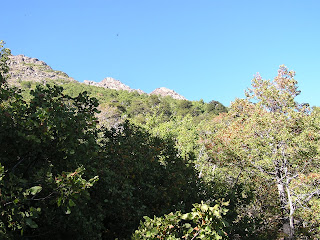



+burroughs+in+RN+Alto+Lircay..JPG)



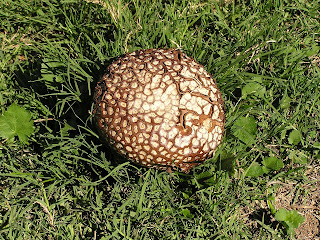


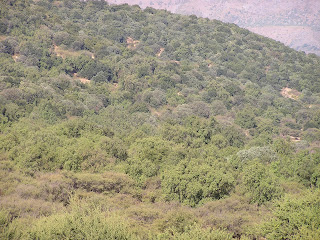








..JPG)






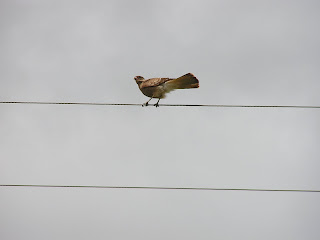




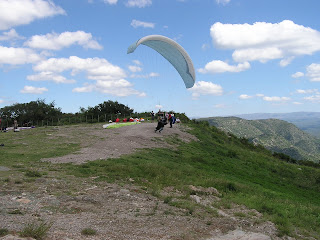


















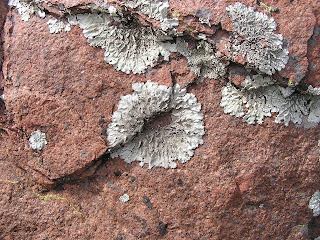



+by+indigenous+peopllke+of+the+area..JPG)





